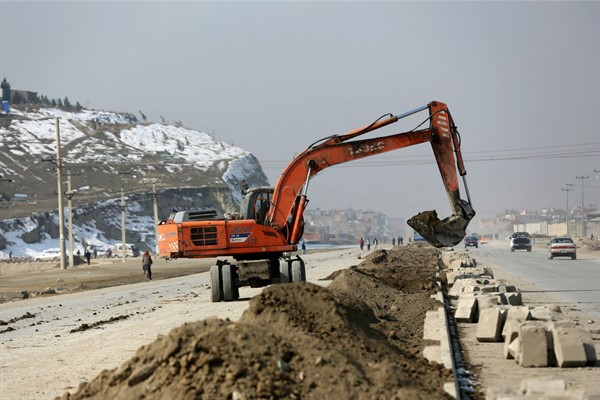As the United States prepares for a full withdrawal of its troops from Afghanistan, potentially as soon as next spring, a cloud of uncertainty hangs over its efforts to promote infrastructure development in Central and South Asia. Since the U.S. invasion of Afghanistan in 2001, China has become a major player in the region, especially through the 2013 announcement of its Belt and Road Initiative, a major infrastructure program involving hundreds of billions of dollars in investments throughout Asia and beyond.
The rise of Chinese spending and influence has overshadowed America’s efforts, inducing a kind of collective amnesia among many in Washington’s foreign policy community. The years of focused effort to promote connectivity and growth in the region, across multiple administrations going back to President George W. Bush, seem to have been forgotten.
Yet, as Evan Feigenbaum, one of Bush’s top Asia hands in the State Department during the 2000s, has noted on several occasions, “China did not invent Asian connectivity.” For much of the past two decades, the United States and the international financial institutions that it backs have funded projects to connect landlocked Afghanistan with its neighbors and the wider region. There is ample strategic and economic rationale to continue doing so.

